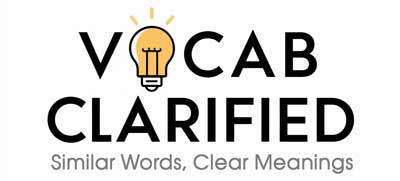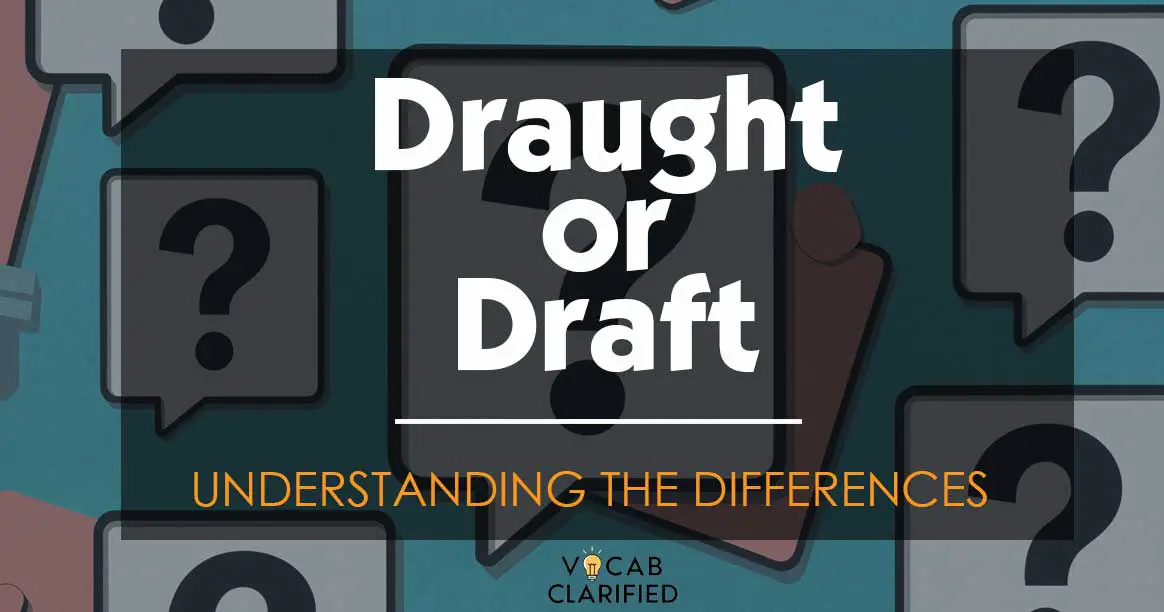Have you ever been puzzled by the words “draught” and “draft”? These two terms are often confused, especially since they sound almost identical. But did you know that their meanings and usage can vary significantly depending on where you are or the context in which they are used?
Let’s dive into the details and clear up any confusion between these two commonly mixed-up words.
Understanding Draught And Draft
Draught: Definition and Usage
“Draught” is a term that is more commonly used in British English and typically refers to a current of air, a portion of liquid (especially beer), or even a version of a written document.
Here’s how “draught” is used in various contexts:
- Air Currents: “She felt a cold draught coming through the window.”
- Beer: “Would you like a pint of draught beer?”
- Architectural Plans: “The architect presented the initial draught of the building plans.”
Draft: Definition and Usage
On the other hand, “draft” is predominantly used in American English and has a broader range of applications. It can refer to a preliminary version of a written document, compulsory military service, or even a system of selecting players in sports leagues.
Here’s how “draft” is commonly used:
- Written Documents: “He sent me the first draft of his novel.”
- Military Service: “He was drafted into the army during the war.”
- Sports Selection: “The NBA draft will determine the future stars of the league.”
Side-by-Side Comparison
| Aspect | Draught | Draft |
| Definition | Current of air, beer from a keg, preliminary plan | Preliminary version, military service, sports selection |
| Common Usage | “The draught from the door was quite chilly.” | “He submitted the draft to his editor for review.” |
| Key Differences | Primarily British usage, related to air or liquid flow | Primarily American usage, often related to documents or selection processes |
When deciding between “draught” and “draft,” consider the context and audience. If you’re in the UK and referring to a current of air or beer, “draught” is likely the preferred term.
However, in the US, “draft” is more commonly used for preliminary documents or the selection of individuals, whether for military service or sports teams.
Everyday Usage Examples
To help you see how “draught” and “draft” fit into everyday language, here are some examples:
- Draught: “As the storm approached, the draught under the door grew stronger.”
- Draft: “She was nervous about the draft of her first speech.”
- Draught: “He ordered a draught of ale to accompany his meal.”
- Draft: “The lawyer prepared a draft of the contract for review.”
- Draught: “They felt a draught as they passed by the old windows.”
- Draft: “The draft for the next round of elections was circulated among the officials.”
Conclusion
Choosing between “draught” and “draft” depends largely on your geographical location and the context in which the word is used.
While “draught” is preferred in British English, particularly in relation to air currents or beverages, “draft” is the go-to word in American English, especially for written documents and selection processes.
Understanding these subtle differences ensures clear and effective communication, no matter where you are.

